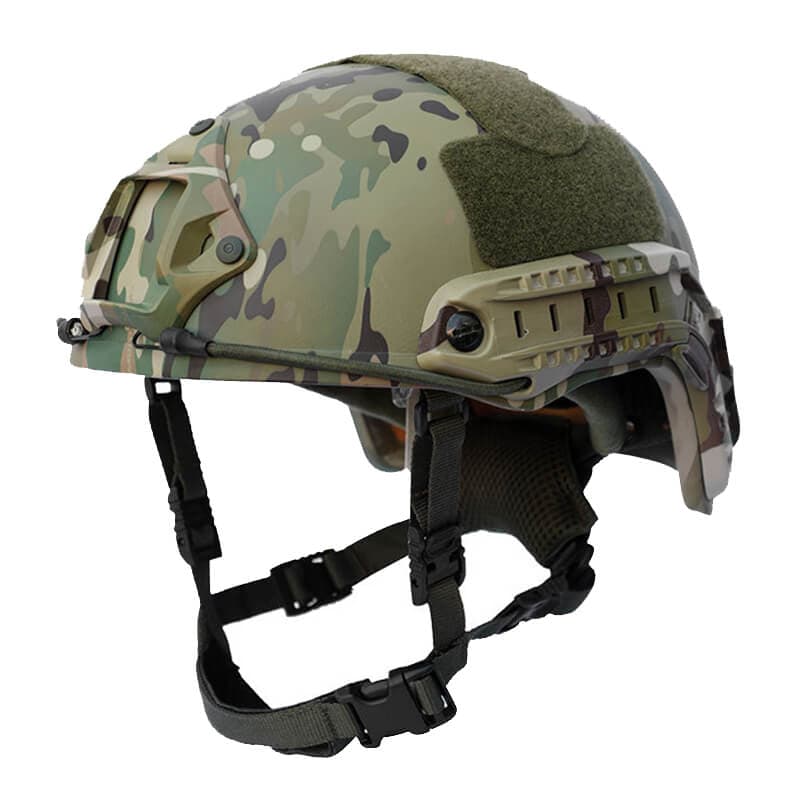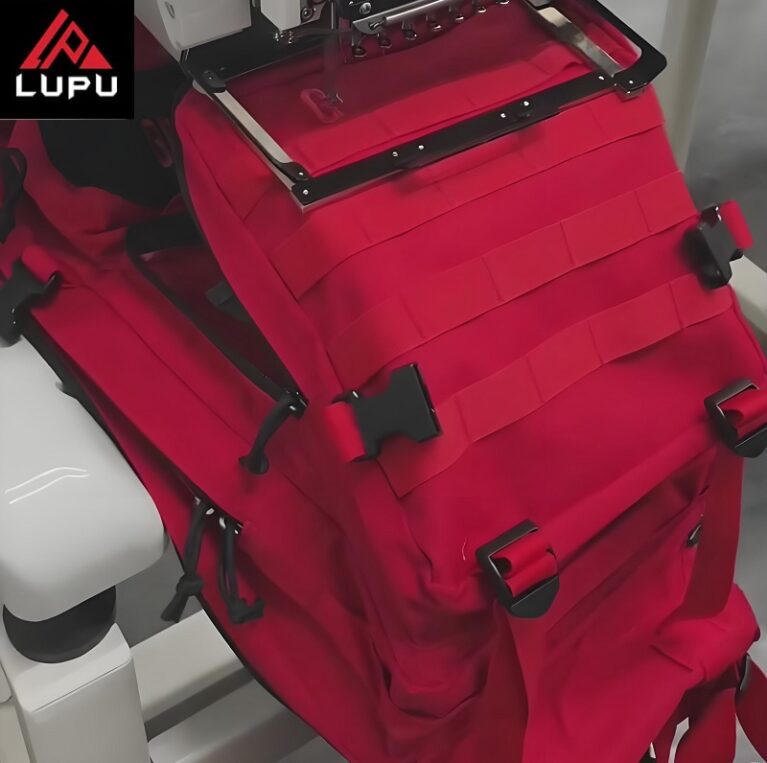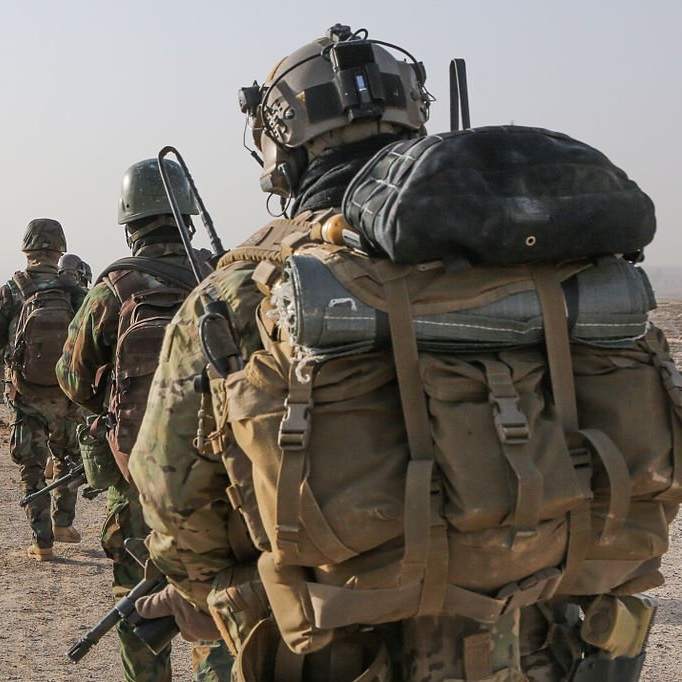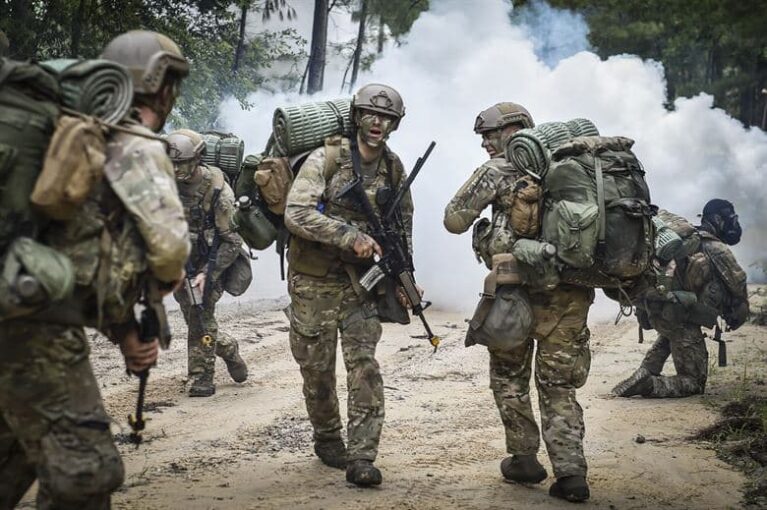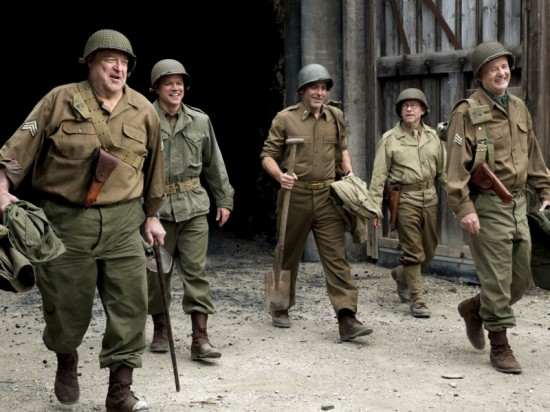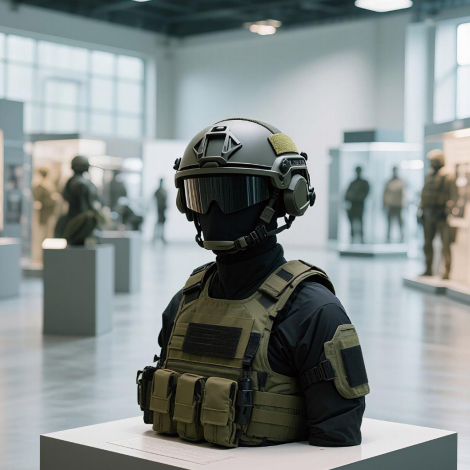
What is a Ballistic Helmet?
A ballistic helmet is a type of protective equipment designed to protect the head from threats such as bullets, fragments, and explosives. Its protective capabilities are crucial for enhancing the survivability of the protected personnel and reducing casualties. It is commonly used by military personnel, police officers, and other personnel in high-risk occupations. It effectively reduces the risk of head injuries, especially in combat or hazardous environments.
Fast Bulletproof Tactical Helmet Camo
What are bulletproof helmets made of?
With the advancement of materials, the materials used in the production of bulletproof tactical helmets have gradually evolved from metal to composite materials such as aramid, ultra-high molecular weight polyethylene, and fiber-reinforced resins. Bulletproof helmets are primarily composed of multiple layers of high-performance materials. Their structure consists of an outer shell (the composite layer that provides ballistic protection) and an inner lining (which absorbs energy, provides comfort, and provides stability).
What are NIJ standards?
NIJ standards are guidelines developed by the National Institute of Justice (NIJ) for evaluating the performance and safety of body armor, helmets, and similar protective gear. These standards ensure that products meet specific levels of protection against bullets, stab wounds, and other hazards.
Tactical product manufacturers typically test their products against these standards to obtain NIJ certification, which provides buyers with assurance that their equipment meets reliable, government-approved safety benchmarks. NIJ standards are regularly updated to reflect advances in materials and threats.
NIJ 0106.01 Ballistic Helmet Standard
As the threat of gunfire intensifies, the National Institute of Justice has revised and improved NIJ 0106.01 Ballistic Helmet Standard, specifying the performance requirements that helmets must meet. The ballistic performance levels are shown in Table 8. This standard categorizes ballistic helmets into Level I, Level IIA, Level II, and Level IIIA.
Level I protects against the same projectile threats as Level I in NIJ 0101.04A Ballistic Helmet Standard.
Levels IIA and II require protection against the same projectile type, but different bullet velocities and initial kinetic energy to categorize the protective capabilities of ballistic helmets.
Level IIIA is a revised level of protection, providing the same projectile threat as Level IIIA in NIJ 0101.06.
The revised NIJ 0106.01 standard for ballistic helmets combines the protection levels for handgun projectiles in the body armor standards NIJ 0101.04A and NIJ 0101.06.
Table 8 Protection rating in NIJ Standard 0106.01 for Ballistic Helmet (modified) (US)

The standard requires testing for both types of projectiles for each protection level. Each helmet is subjected to four rounds of fire at room temperature, impacting the helmet's center areas, front, back, left, and right. After the four rounds, if no penetration or through-hole cracks occur, a second helmet, pre-treated with water immersion, is subjected to the same fire test as for helmets at room temperature. Ballistic performance requirements remain the same.
NIJ Ballistic Testing of Ballistic Helmets - Overview (Steps and Key Points)
1. Standard and Scope
Specify the NIJ standard number used (e.g., the specific NIJ standard for helmets), as different versions may differ in terms of test round type, velocity, number of samples, and judgment criteria.
Confirm whether this test is a certification test (for product conformity assessment) or a development/validation test (for design verification).
2. Sample Preparation and Quantity
Provide a specified number of samples (usually multiple helmets for firing from different positions and repeated testing).
Record the sample batch number, production date, material, and model information.
For custom or batched products, a random sample of helmets is often required for testing.
3. Environmental and Conditioning (Sample Conditioning)
Prior to testing, subject the samples to constant temperature and humidity conditions (e.g., exposure to specific temperature and relative humidity for several hours or days) as required by the standard to simulate normal use or conditions after exposure to environmental stresses.
Additional environmental conditioning may be required, including high-temperature cycling, humidity aging, salt spray, UV aging, or chemical exposure, followed by ballistic testing to assess post-aging performance.
4. Mounting and Support (Headform and Backing)
The helmet is mounted on a standard headform or fixture (the standard specifies the headform shape/size or mounting method) to ensure test repeatability.
A standardized "backing material" (e.g., a shaped or malleable material such as modeling clay/molding material) is often placed inside the helmet to measure back-face deformation (BFD) or impact marks. The standard specifies the backing material's thickness, density, and mounting method.
Ensure the helmet is securely positioned and the impact location is accurate (use markers to locate the desired test point).
5. Ammunition Type, Diameter, and Velocity
The standard lists the specific threat types used for helmet testing (e.g., pistol rounds, specific caliber FMJ rounds, and/or shrapnel simulants). Different threats require different projectile masses and shapes (e.g., lead core or steel core, full metal jacketed bullets, fragmentation simulators (FSPs), etc.).
Each threat specifies a target velocity (or velocity range) and an allowable deviation (± value). Testing typically uses a precision velocimeter to measure and record the actual projectile velocity at the moment of firing.
Some tests require testing at several velocity levels (e.g., verifying that no penetration is achieved at a specified velocity while meeting the required penetration limit).
6. Location and Number of Firings
The standard requires firing at specific locations on the helmet surface (e.g., top, sides, forehead, rear, etc.), with several firings conducted at each location to assess consistency and identify weak areas.
The number, spacing, and sequence of firings are standardized for each sample or location to ensure data comparability.
7. Determination Item: Penetration and Penetration (BFD)
Penetration Test: If the projectile penetrates the outer shell and penetrates the backing layer or exits the inner shell, it is considered a penetration failure (failure).
Back Depth/Impact Mark Measurement: The maximum indentation depth (BFD) left on the helmet's inner backing after impact is measured using the shaped material on the helmet's inner backing. The standard specifies a maximum allowable back depth limit (measured in millimeters); exceeding this limit may result in a failure or require further evaluation.
Cracks, fragmentation, delamination, or other structural failures in the shell are also recorded.
8. Additional Mechanical and Accessory Testing
Chinstrap/Fixture Strength Testing: Evaluates the integrity of the chinstrap, buckle, and fastening system under tension and impact.
Local Deformation/Lateral Compression: Evaluates the structural integrity and deformation of the helmet under lateral or localized forces.
Post-Environmental Aging Testing: Samples subjected to environmental conditions such as high and low temperatures, and humidity and heat are subjected to repeated ballistic testing to determine durability.
Flammability/Combustion Testing: Some standards require a brief flame exposure test to evaluate the material's combustion characteristics.
9. Data Recording and Reporting
Record each shot with the following information: test number, sample number, firing location, bullet type, bullet velocity (measured value), whether or not the shot penetrated, maximum velocity, description of shell and liner damage, environmental conditions, test personnel, and equipment calibration status.
The report should include raw data, photos (of shell and liner marks after impact), and a description and rationale for any non-conforming items.
Decide based on the standard: whether the designated NIJ helmet rating is met (if a standard rating is used).
10. Quality Assurance and Laboratory Qualification
Formal certification testing should be conducted in a qualified laboratory (equipped with standard-approved, calibrated velocity measuring equipment, qualified headforms, and liner materials).
The laboratory should be able to provide calibration certificates, method traceability, and verification records to ensure data validity and traceability.
Now more and more Tactical Gear brands and suppliers are cooperating with Chinese Military Helmet Factory to gain greater benefits. For example, LUPU - is an over 25+ years Professional and trustworthy military gear manufacturer in China, who can supply to the tactical helmet, Military Combat Boots, tactical vest, tactical backpack, tactical gloves and tactical belts, and can also accept OEM and ODM services.
Now contact LUPU Tactical Gear Factory expert team (Email: info@luputacticalgear.com) for bulk orders, custom design services, or professional guidance in selecting the right military gear solution for your customers.
Related:
Top 15 Tactical Gear Trade Shows And Exhibitions
The Best 12 Backpack Manufacturers In UK
Top 50:Global Tactical Gear Brands List

